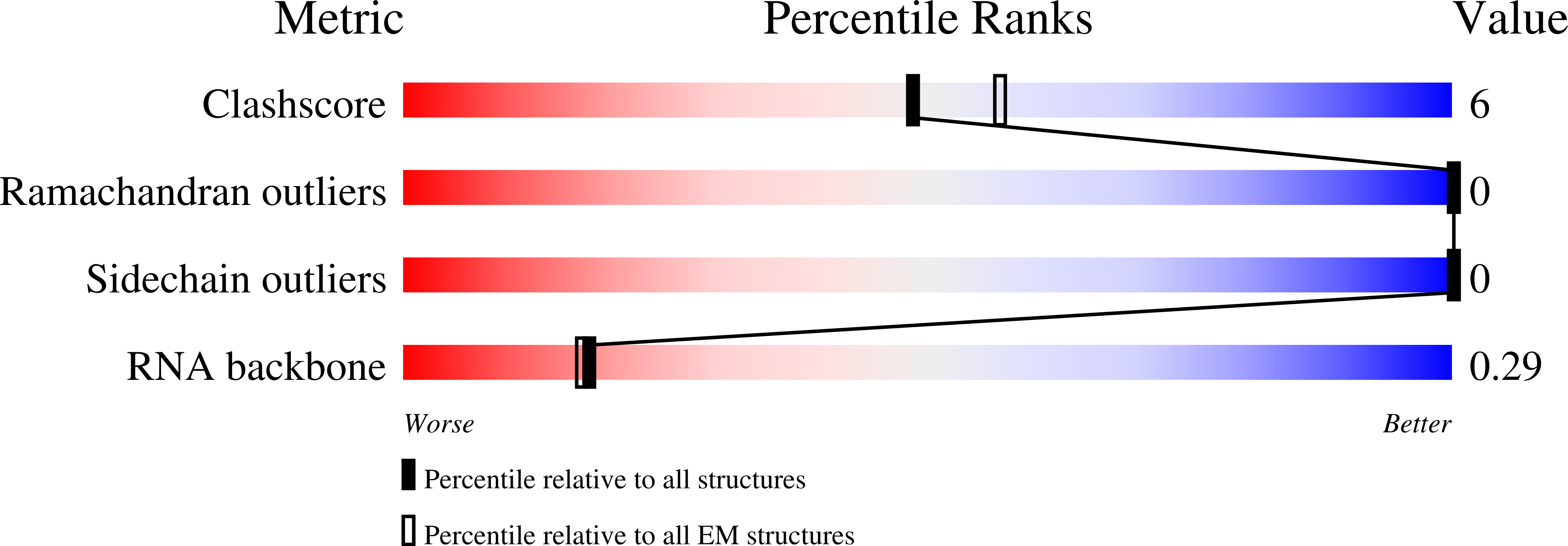
Deposition Date
2017-07-06
Release Date
2017-09-27
Last Version Date
2024-05-15
Method Details:
Experimental Method:
Resolution:
4.00 Å
Aggregation State:
FILAMENT
Reconstruction Method:
HELICAL


